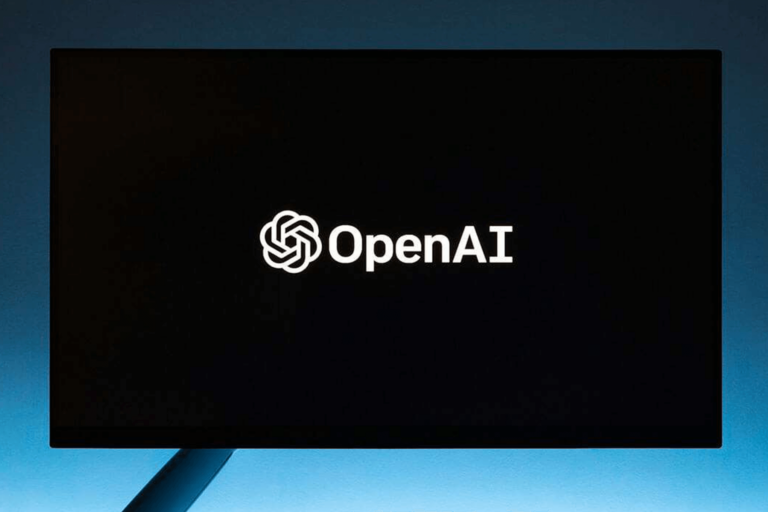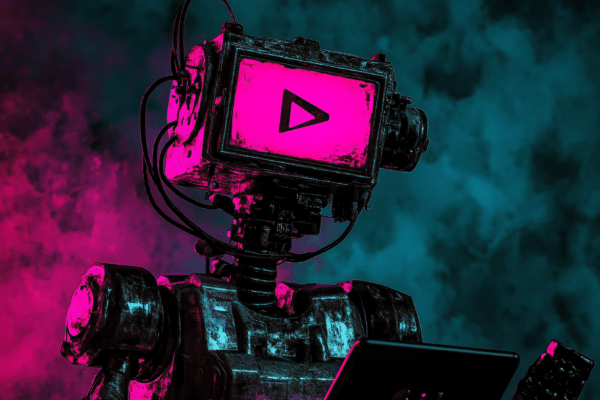There is AI that generates images, but also videos, synthetic voices, and even music.
For more traditional office work, there are AI tools that summarize PowerPoint files, others that create presentations from user instructions, and even ones that create Excel formulas by simply telling you what you want.
Without a doubt, ChatGPT is the best-known AI. But there are countless others. After the introduction of OpenAI's tool, many others have emerged to perform specific tasks. In this way, they try to specialize in certain tasks to achieve the best results, as artificial intelligence systems learn from interactions with users. Because AI learns, yes.
Visual and acoustic creativity
ChatGPT is a jack of all trades. It's used to write texts, summarize, translate, create summaries, and even program code. However generative artificial intelligence has many other uses. Some are used to create images. For example, a user can ask an AI to take a realistic photo of the New York skyline or create an illustrative drawing for children of a jungle with wild animals. They could also send the tool a photo of New York and ask it to turn it into a Pixar-style illustration.
Some of the tools that can perform these tasks are DALL-E 3, OpenAI's AI model for image generation, and Stable Diffusion, which was developed by the startup Stability AI. The Midjourney system serves the same purpose, although in this case, it's a slightly more complex system: it allows for more precise result adjustments, which, however, require a good understanding of how to give instructions.
This area of generative artificial intelligence, which includes all tools that can generate content, also enables the creation of videos. Tools such as RunwayML or Synthesia generate animations or realistic videos from a prompt or text instructions. Below we give you a simple example of what these systems can do.
The videos created in this way can be combined with the results of applications such as Eleven Labs or Resemble AI, both of which are capable of generating realistic voices based on written or spoken text. They allow for different intonations so that the narration can be given more enthusiasm or a serious accent, as desired. There are even models capable of generating music to accompany the synthetic narration and images. MusicFX is one of these models that generates melodies and songs from the descriptions entered by the user.
Some AIs create slide presentations from the information you tell the system, such as Gamma, which also creates web pages from the instructions we give it.
Writing and productivity
There are many tools for writing text. There are general-purpose tools such as ChatGPT or Google Bard, which are also useful for other tasks. However, specialization is beneficial, and this is exactly what systems like Jasper or Wordtune aim for. Both make it possible to create texts from scratch, rewrite them, or change them. They can be short but also have a certain length. They can be used to create an introduction or conclusion based on a text that has already been written.
Another task that AI can help with is summarizing texts. QuillBot uses artificial intelligence to accomplish this task while reviewing the text to make suggestions, such as synonyms. Artificial intelligence can even perform tasks as specific as creating copy or short sentences traditionally used in advertising and marketing. One tool that fulfills this function is copy.ai.
There are AI tools for translation into multiple languages, such as DeepL or Google Translate, and others that enable the extraction of data or summaries from PowerPoint or PDF files, such as SlideSpeak. These features will prove useful for office workers, as will Otter.ai's proposal aimed at work meetings. This AI records audio and takes notes on a video call as it records the slides. There seems to be an AI for almost everything. And for Excel? Yes, that too. MagicFormula enables the creation of Excel formulas based on user instructions.
Code programming
Again, both ChatGPT and Google Gemini and other general chatbots are capable of programming. But there are even more sophisticated tools for this task. One of these is OpenAI Codex, which belongs to the company that developed ChatGPT. It aims to convert user instructions formulated in natural language into code.
Another system geared towards programming is GitHub Copilot, which uses OpenAI Codex as its engine. These types of tools act as code generators and wizards as they suggest changes, including entire functions that are already programmed.
In the field of law
As AI is used in all fields, the legal field is no exception. There are already artificial intelligences that are capable of reviewing documents in search of specific data or precedents for a case. They are also used to support the process of legal search and research as well as to prepare claims or instances.
CoCounsel, Lex Machina or Harvey are some of the models that can perform these and other tasks, such as analysing contracts or comparing strategies when handling a case.






